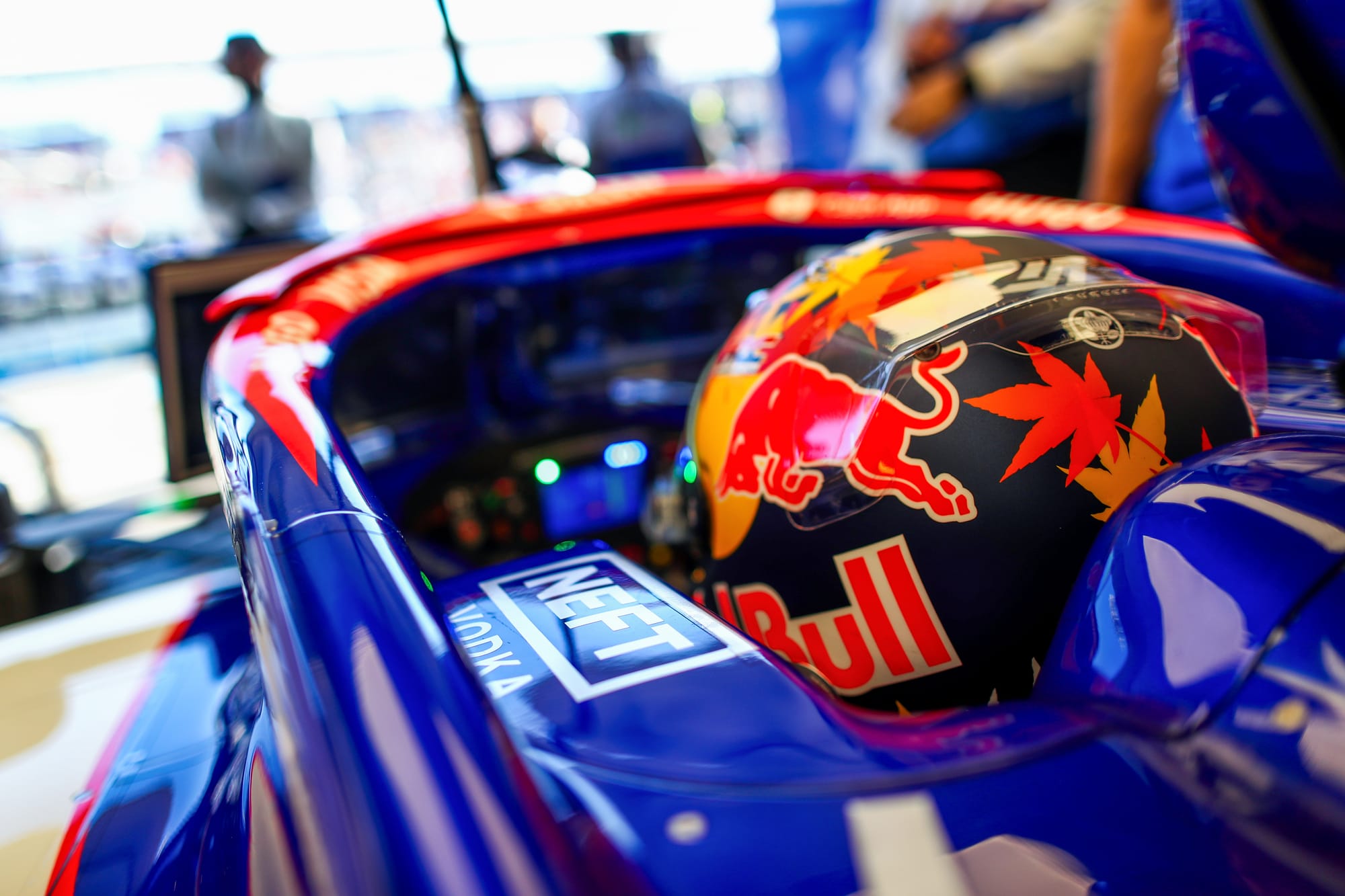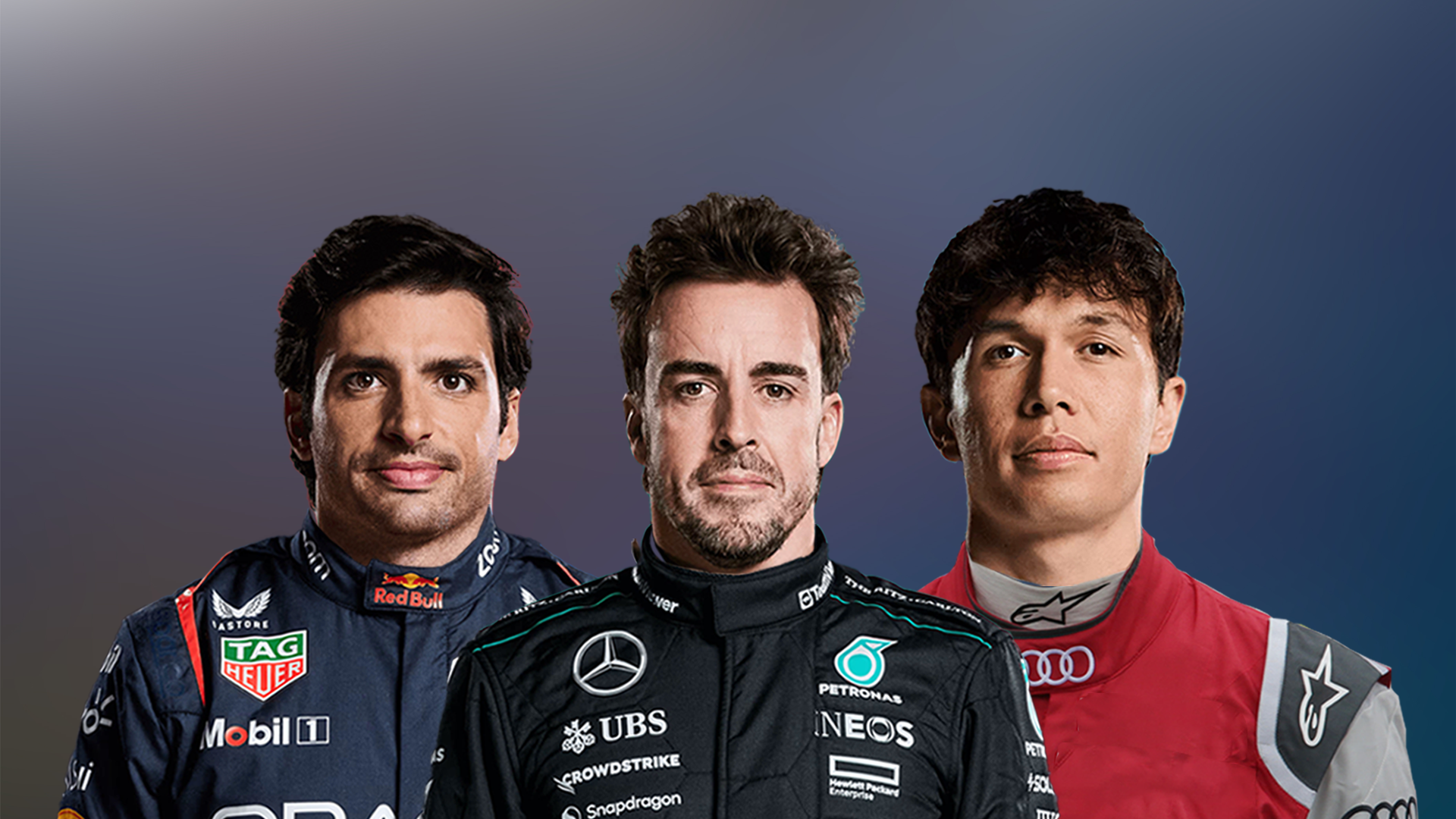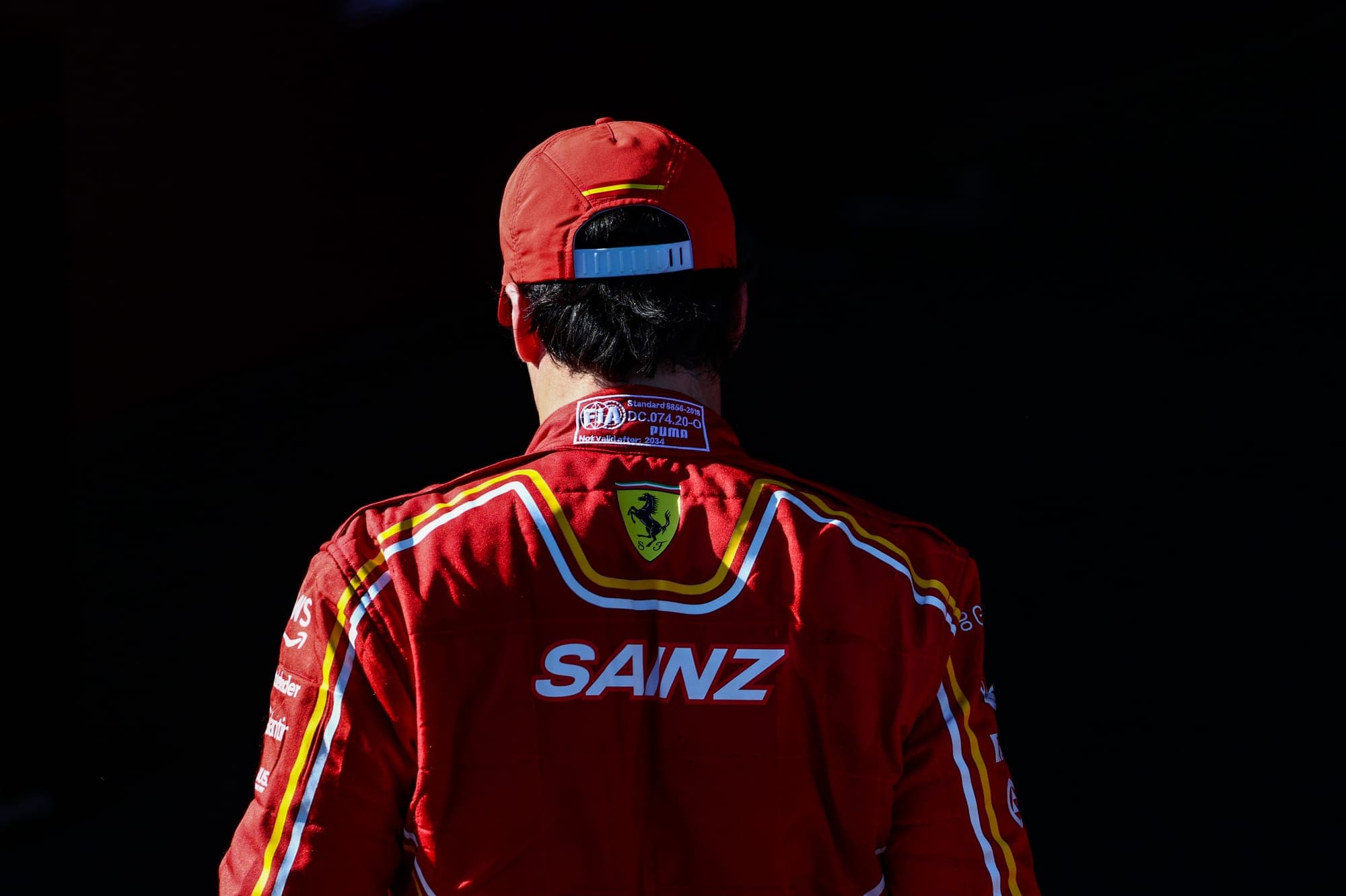

When Carlos Sainz - a free agent for 2025 thanks to his release by Ferrari to make way for Lewis Hamilton - looks at his options going forwards, a Red Bull drive is the logical standout. Especially so given the doubts that hang over Mercedes and its ongoing difficulties with this regulation set.
Whether Sainz in a Red Bull would be to replace a Max Verstappen who has left or in the seat alongside him, the one currently occupied by Sergio Perez, is a different question.
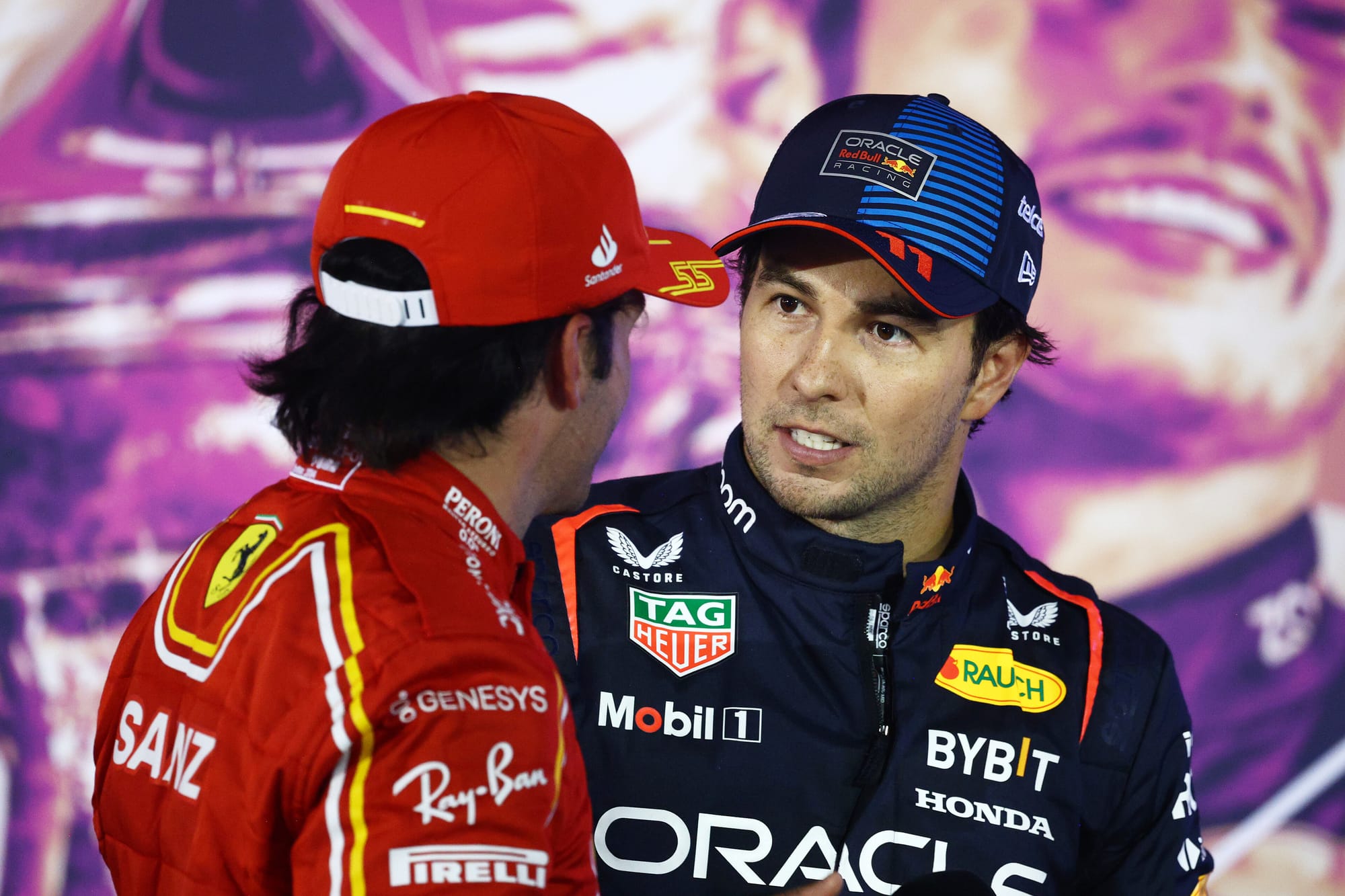
All these choices have nuances not apparent on paper. The current power battle at Red Bull makes this a complicated question. Central to Horner remaining in his position is his calling the bluff on Verstappen’s threat to leave - which he did quite specifically in Jeddah.
Horner’s flattering words in Melbourne about Sainz and how attractive a proposition he might be to the team fits very well with that stance of sending a message to the Verstappens, in effect saying: "Carlos in a Red Bull vs Max in a Mercedes. How do you think that might go?"
But let’s suppose it’s more than just Horner using Sainz’s availability as a weapon in his fight for survival. Let’s assume for a moment the interest is genuine and would be sustained even if Verstappen were to stay. Certainly, the uneasy ceasefire in place at Red Bull since parent company senior Oliver Mintzlaff sat down separately with Horner and Helmut Marko on Sunday in Jeddah means neither of them are going anywhere for now. With Marko in place, Verstappen’s reason for leaving - and perhaps his contractual ability to do so - is no longer there.
Amid such a volatile situation all such assumptions are tentative, of course. But could Sainz be a realistic alternative to Sergio Perez alongside Verstappen in 2025?
One barrier frequently cited to this is how much tension there was around this very same pairing as rookies at Toro Rosso in 2015 to early 2016. Things are different now in so many ways, but some of the dynamics remain relevant - in the opposite direction: ie it may be attractive to Horner precisely because it’s less so to the Verstappens.
Underlying the Toro Rosso dynamics of the time was Marko’s resolute determination to get Max into the Red Bull family and Jos Verstappen’s resistance to that. Ever since 2012, with Max still in karting, Marko had been badgering Jos to bring Max into the Red Bull Junior driver roster.
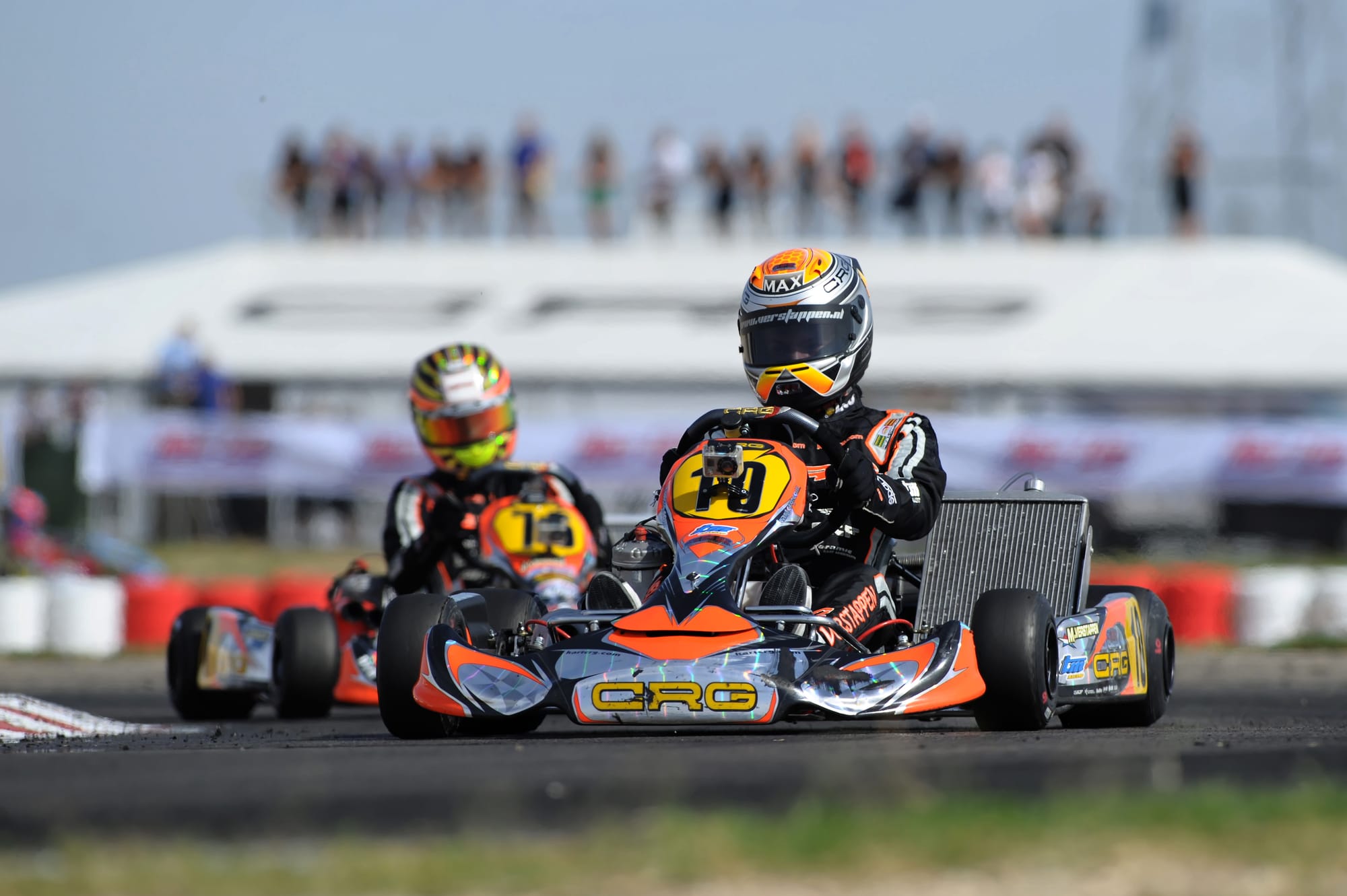
Marko was already convinced that young Max was the standout talent of the coming generation.
But Jos had an almost pathological resistance to Max being on anyone’s junior driver programme. It surrendered too much control too early, took destiny out of their own hands.
Far better, Jos reasoned, to remain independent, fully confident Max would continue to create a sensation at each new step. That way they could be in a much better bargaining position when F1 was coming into focus.
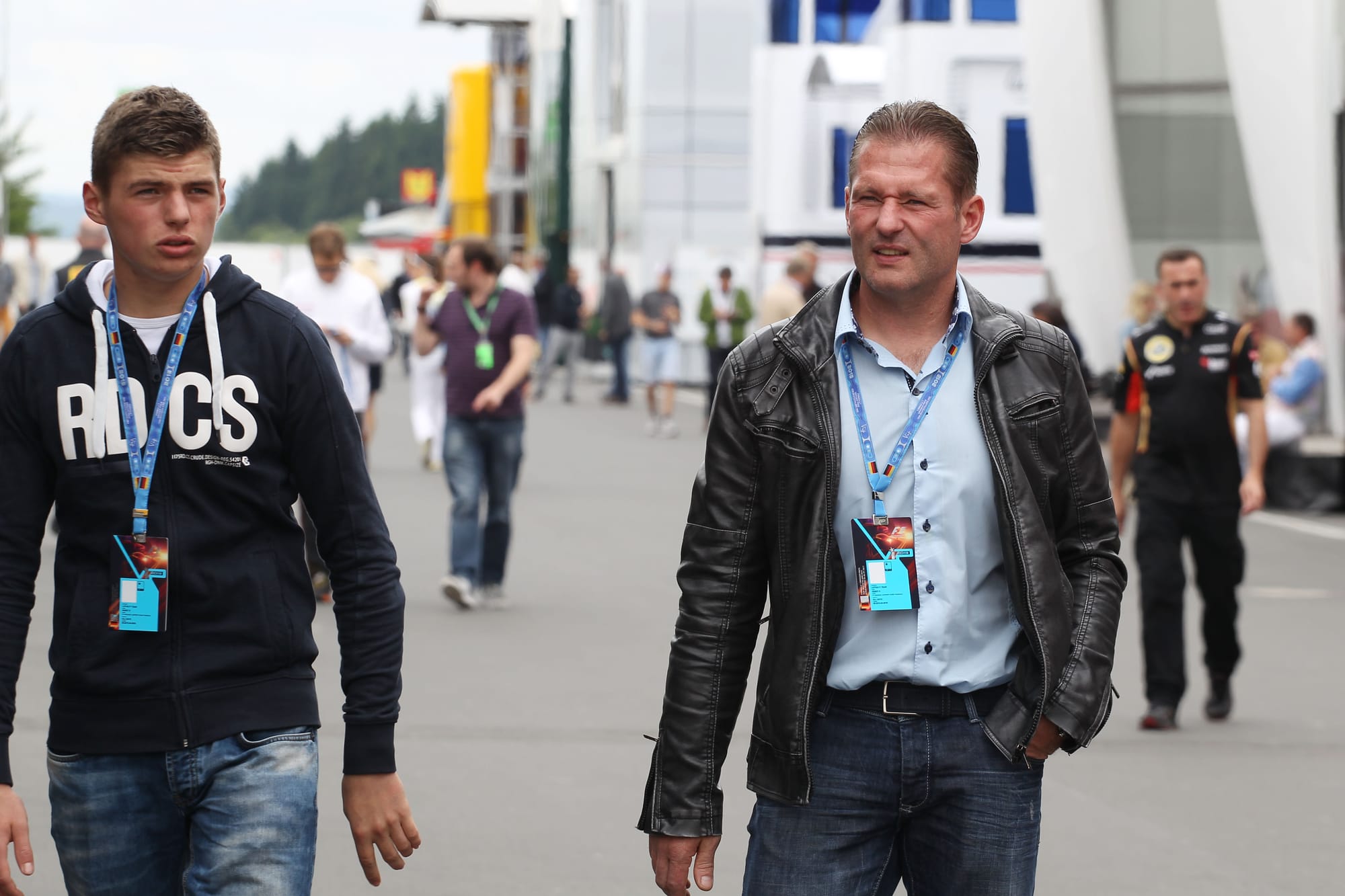
Turned out Jos was absolutely correct, of course. “No-one says no to Helmut,” recalled Frits van Amersfoort, owner of the team which ran Max in F3 and had run Jos in GM Lotus a generation earlier.
“But Jos did… he kept them all at bay for as long as possible, and then at a certain point said to Helmut, ‘Now it’s time’, and then he had his Formula 1 contract.
"I think it’s only Max Helmut would have waited for like this. But these characters fit together. Helmut likes the risk, likes the adventure, and it fits with Verstappen.”
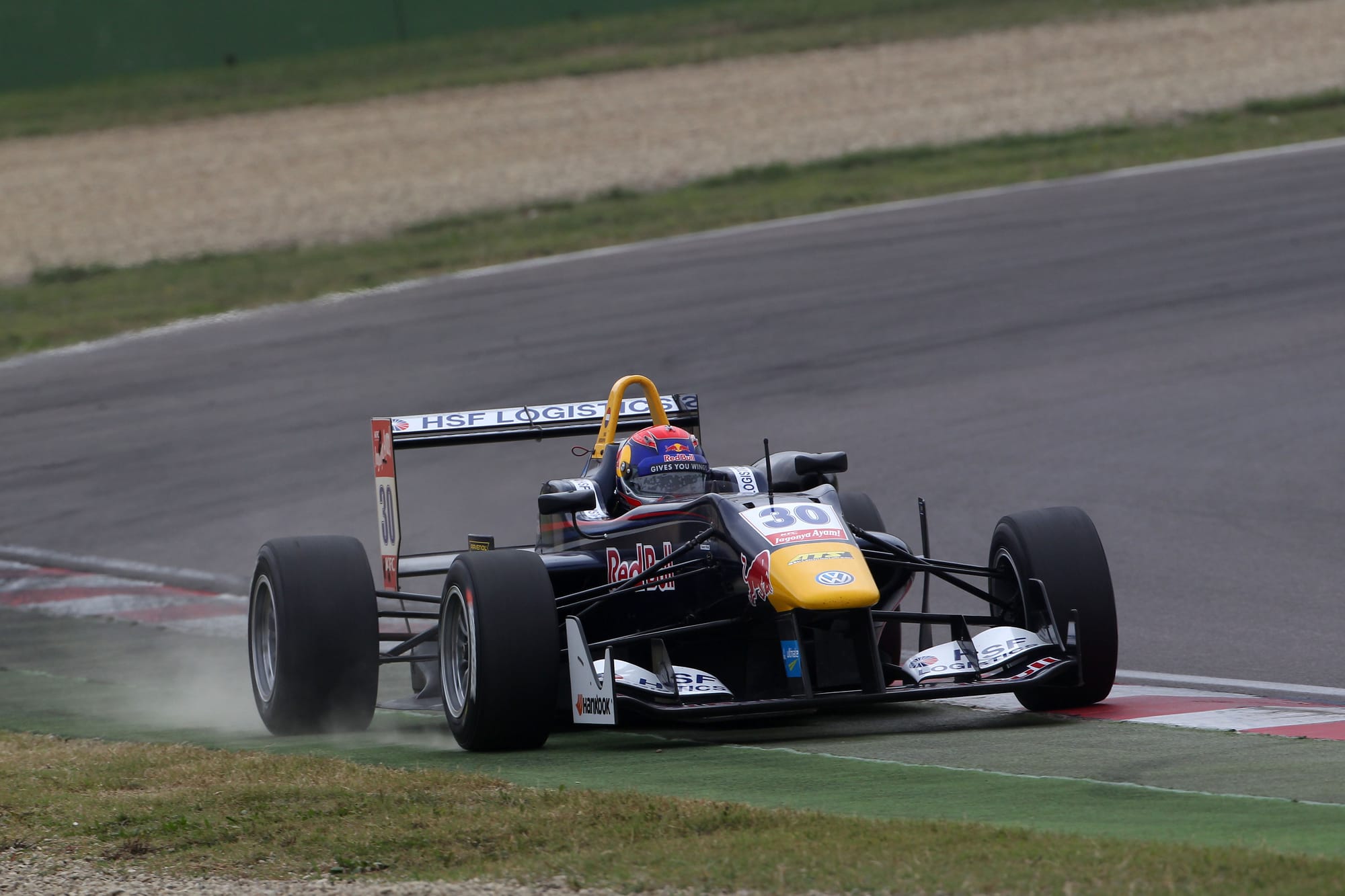
The ruthless way Jos leveraged the interest of Mercedes’ Toto Wolff (there had been interest from Ferrari, too) with Marko, for so long desperate to sign him, is what got 17-year-old Max straight into F1 in his second season out of karts. Very much on Jos’s terms. As if the Verstappens were doing Red Bull a favour in agreeing to place him there.
The dynamic was very much in favour of the Verstappens even before Max had so much as sat behind the wheel. It was a unique situation. Part of them agreeing to terms was the possibility of Max leaving if he didn’t have a seat with the senior team by a certain cut-off date in 2016. Marko agreed to it, despite Horner’s reservations. Which were duly noted by Jos.
Marko’s infatuation with the scale of Max’s talent gave Jos and his management partner Raymond Vermuelen unprecedented power within the organisation - which they were not shy about using. This has continued right up to the present day.
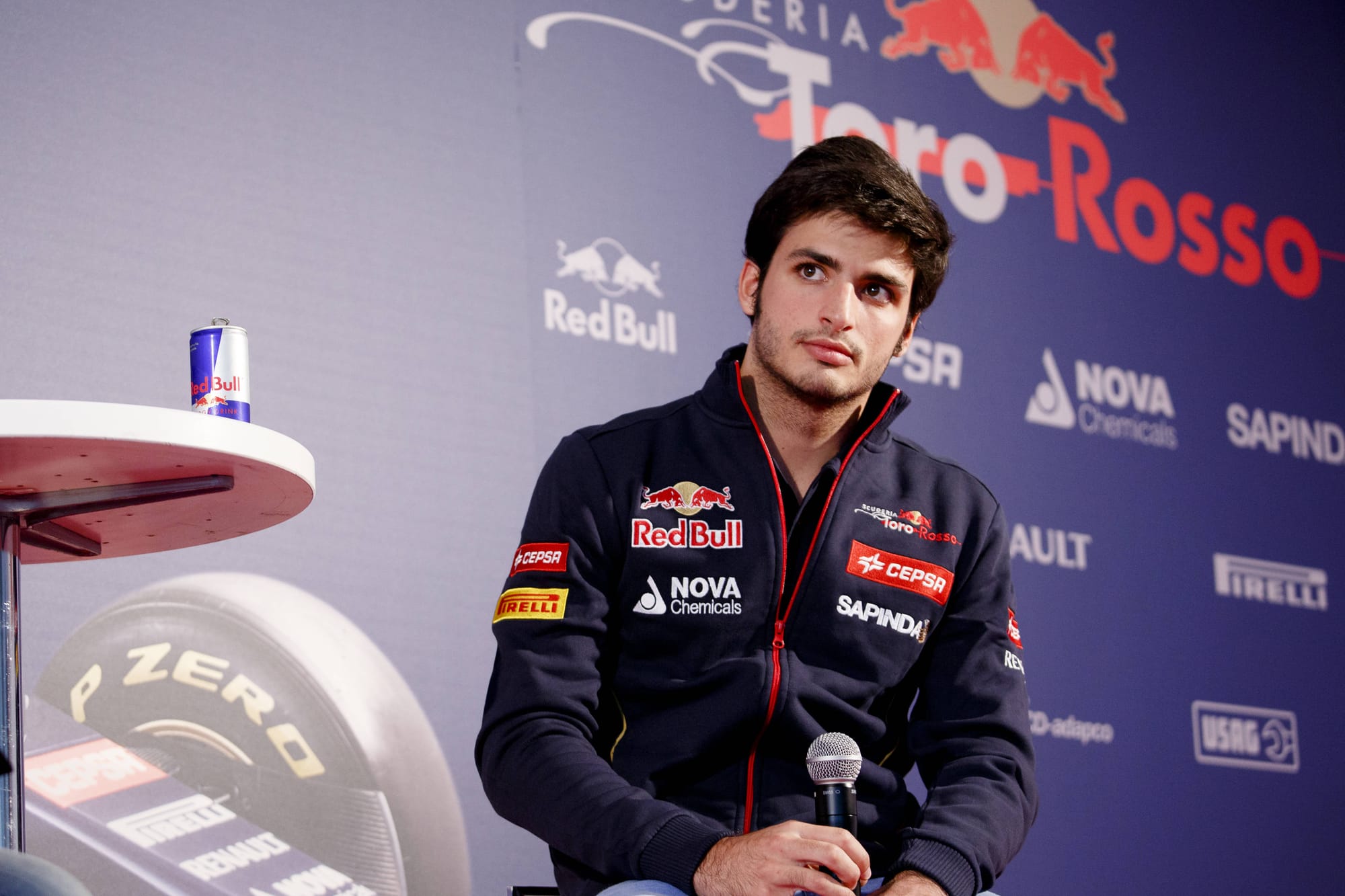
Sainz arrived at Toro Rosso at the same time but the journey there had been very different. He’d been in the Red Bull junior squad for several years and had got to stay on it only by hard results. Titles in Formula Renault 2.0 and Renault 3.5 kept him on that ladder. There was no special status. Carlos Sr, the legendary World Rally champion, was overseeing his son’s career and supporting him. But from the sidelines, only stepping in as required.
But young Carlos was good, very good. Maybe better than the Verstappens had anticipated.
Already with five seasons' worth of single-seater experience (compared to Verstappen’s one), he had a good data base, a strong competitive will and plenty of talent.
There was very little to separate the two rookies on track. In their one-and-a-bit seasons as team-mates, and taking DNFs etc out of the equation, the stats slightly favour Sainz in qualifying and Verstappen in the races. But small margins both ways.
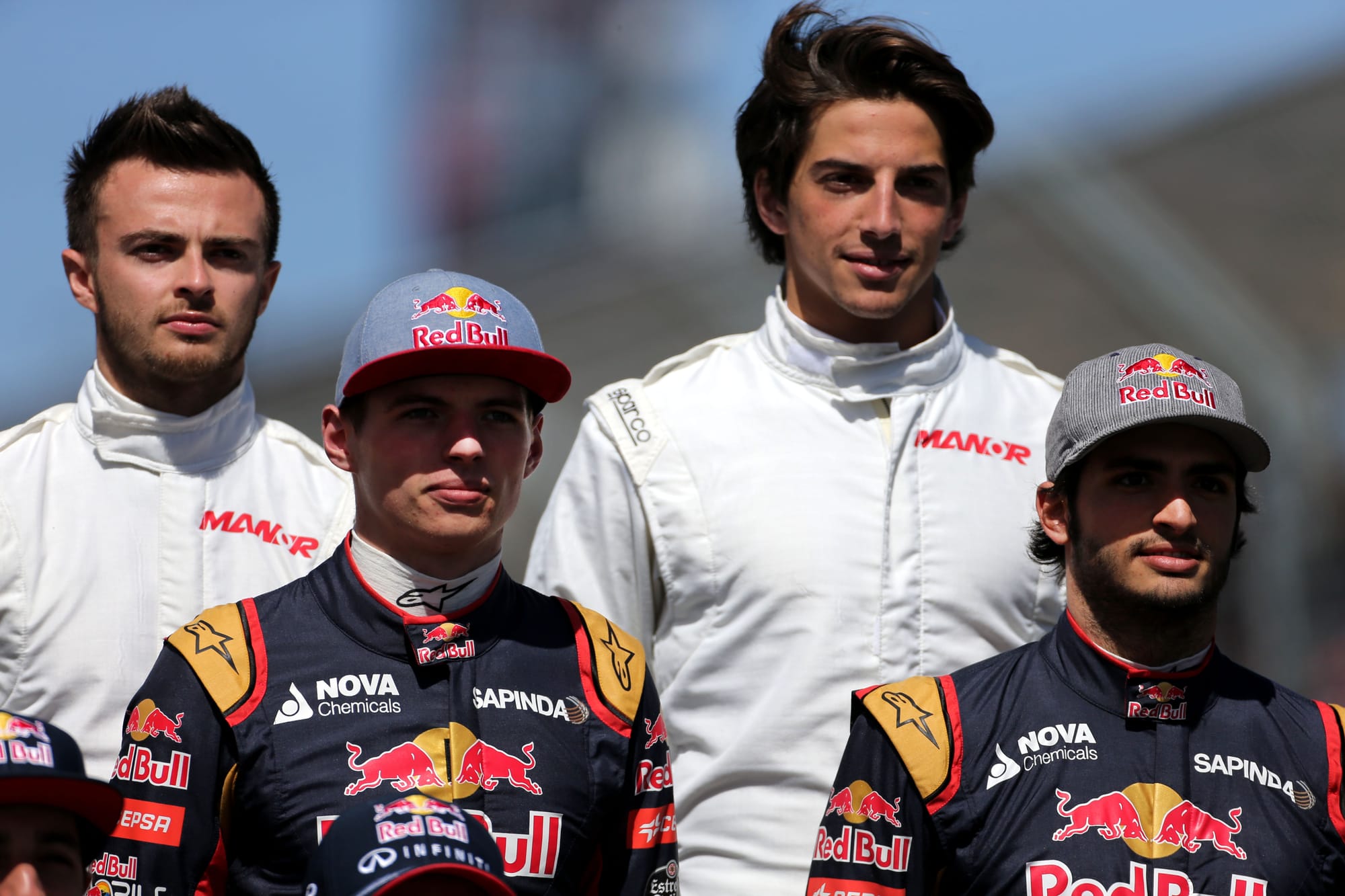
A tone was set in their very first event as team mates, the 2015 Australian Grand Prix. Sainz made Q3, Verstappen did not.
Jos was watching on from the garage and was displeased with the timing of Max’s Q2 run. It was too late, left him too vulnerable, without any margin if something went wrong - which it did (Verstappen got crossed up out of Turn 4). When Jos queried this, he was told that the team operated as one, that the runs of the two cars were part of a coordinated run plan; Max’s engineer did not have the authority to override that.
Jos took this issue direct to Marko, having no compunction about going over the head of team principal Franz Tost. The Verstappens were not here to be subjugated to anyone.
Marko did his best to calm the waters. He personally briefed Max’s engineering team that in such situations in future they could act with autonomy and he would smooth out any issue with Tost.
The rest of the team were not aware of this arrangement. But the dynamic within the team post-Melbourne was definitely more Max-centric. Just little things, and they were always given equal equipment, but Max carried an implicit power which Sainz did not.
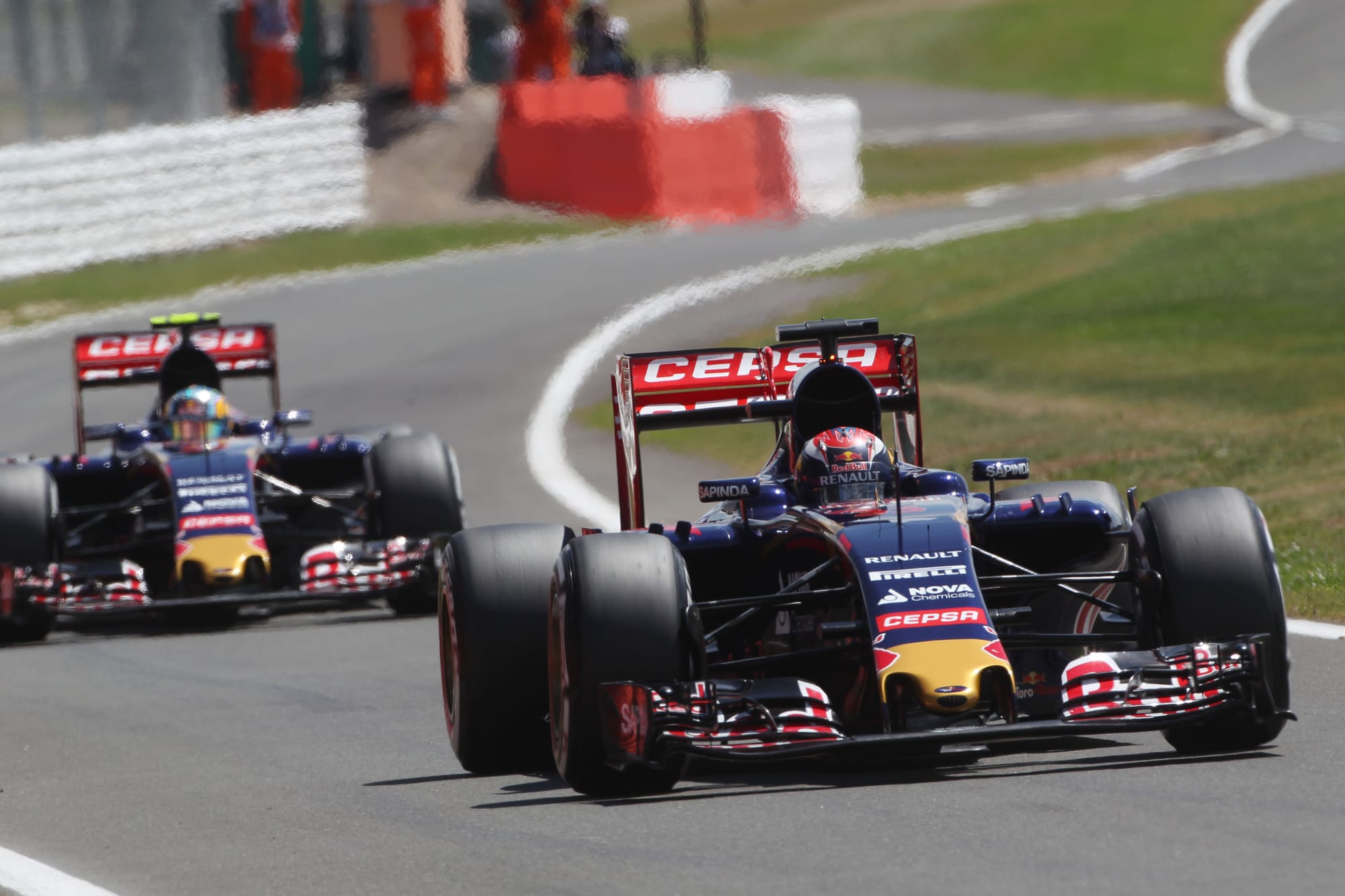
Carlos just got his head down and continued to compete. Several key retirements meant the perception of his season wasn’t well-aligned with its reality and the spotlight was invariably on Verstappen.
The run plan issue didn’t rear its head again until Sochi 2016, Max’s last race with the team. His engineers defied the run-plan to get him out at what it considered the most favourable time.
Tost was infuriated and two of the engineers were fired after the weekend. Marko found them jobs elsewhere.
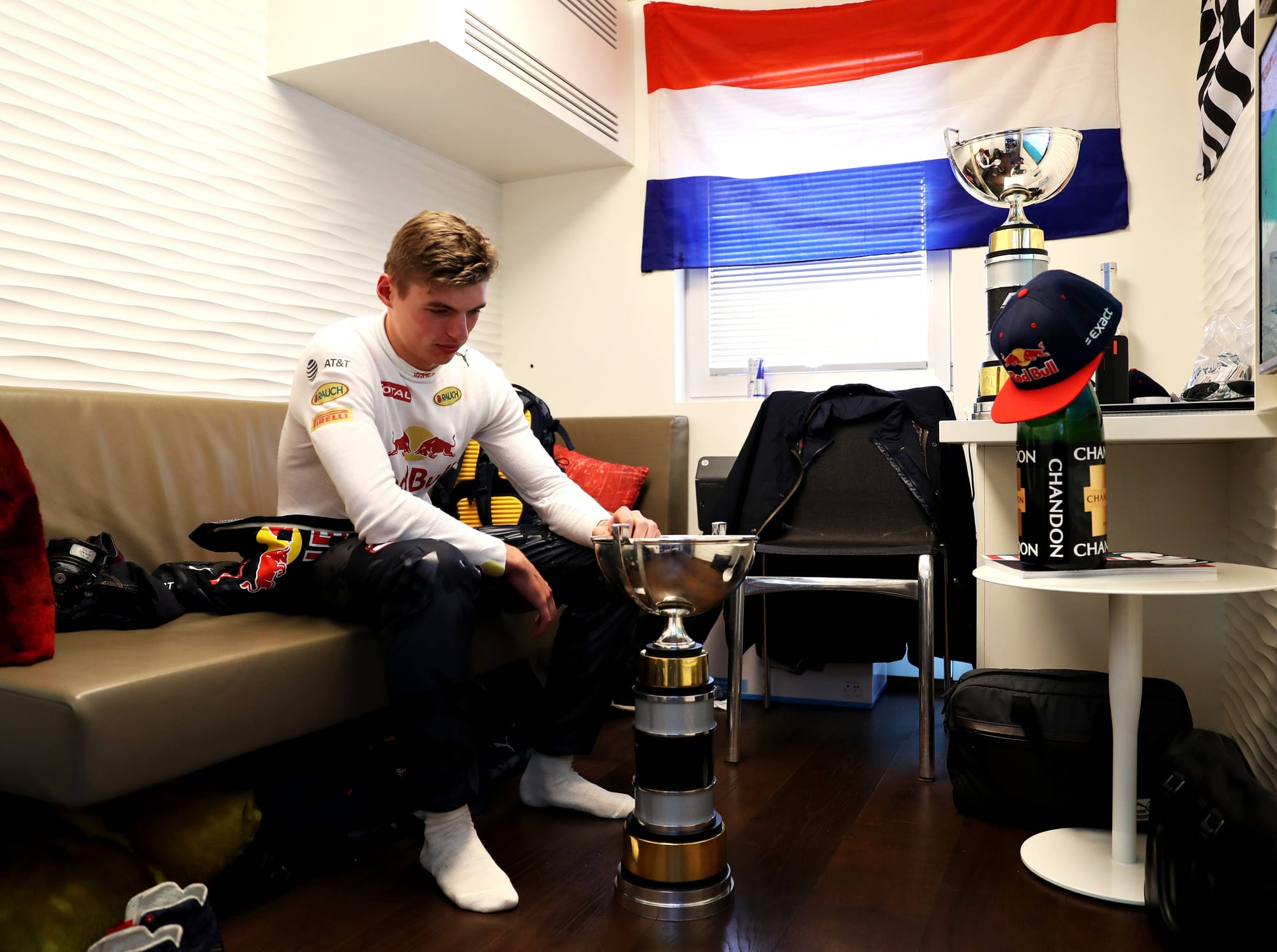
By the next race Max was in the Red Bull and winning the Spanish Grand Prix.
The power of Max’s talent is used by his management team - and expressed through Marko - for the maximisation of Verstappen’s interests. So there is a fierce independence there even when Max and Red Bull are enjoying immense success together.
He invariably doesn’t need any help as the fastest driver in the fastest car. But should there be a call that could have been better for him - giving Sergio Perez pit priority at Monaco 2022 for example - Jos will be vocal and public in objecting. It’s left then to Marko to smooth the waters with the race team. Which he cannot always do, of course. As we saw at Toro Rosso in 2016.
That fault line in where the team interests and those of its lead driver diverge is there in any team. But it’s very heavily underscored at Red Bull because of the Marko-Verstappens dynamic.
Effectively, he’s been enlisted to their cause. That’s been the price of getting Max on board all those years ago when Mercedes and Ferrari were offering alternatives.
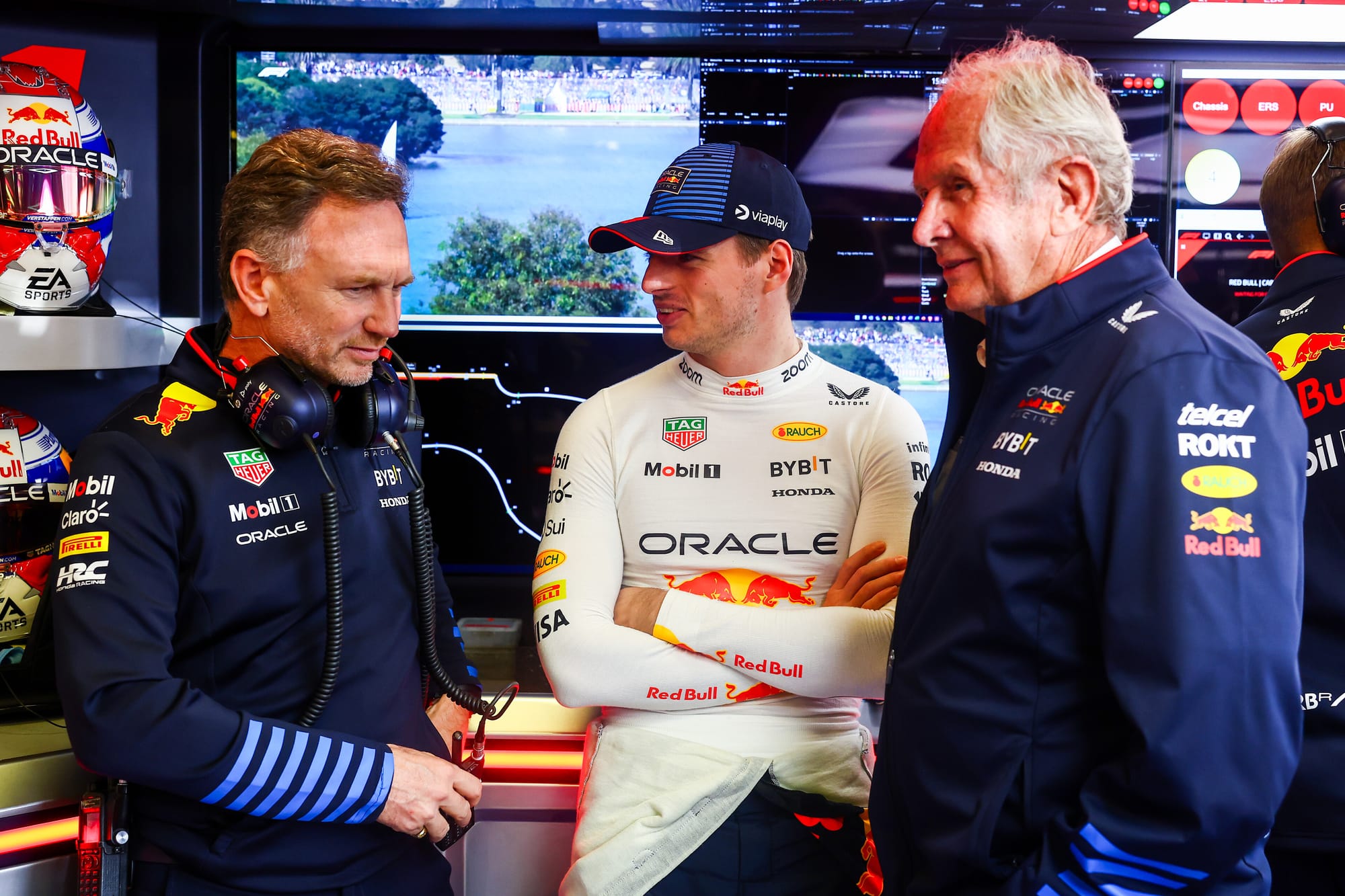
Horner has ridden the swells of those waves with diplomacy and by minimising any issue. With him responsible firstly to the team and the employees, there usually hasn’t been any real conflict. Because what’s been good for Max has generally been good for the team, too.
But Jos’ occasional undermining of Horner’s power - often through the instrument of Marko and his autonomy of the team’s operations - will surely have been unwelcome.
So in the current power struggle - which has been exposed by Horner’s alleged behaviour towards an employee but was already in place following the death of Dietrich Mateschitz in October 2022 - Jos and Max have very firmly taken sides, Jos especially.
They both side with Marko, with Jos furthermore publicly saying Horner should stand down. Horner is fighting to retain control of the team and so the underlying fault line between him and the Verstappens has threatened to become a canyon.
If forced to choose, and if he remains empowered, Horner is prepared to let Max go. Obviously, he’d prefer Max stayed. But not on any terms.
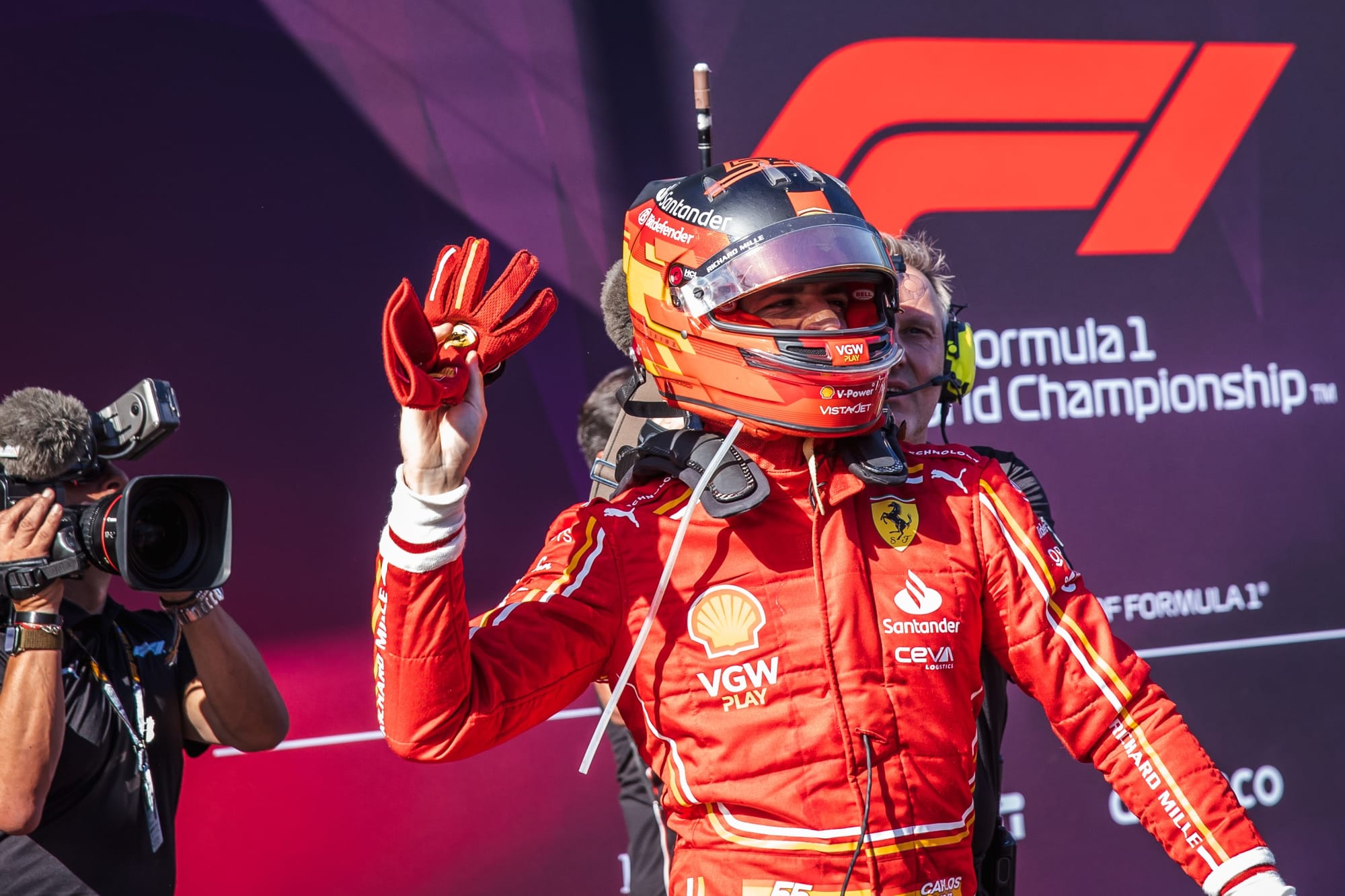
So from this perspective, the attraction for Horner of potentially recruiting Sainz is quite easy to understand. He couldn’t be a like-for-like Verstappen replacement, but it would reduce the dependency of the team on Max. Should Max stay, Sainz’s presence would probably ensure a more competitive team-mate than he has faced for the last few years - and that too has a value in the balance of power.
Meanwhile, Sainz would get his head down and concentrate on performance. Just like last time.
